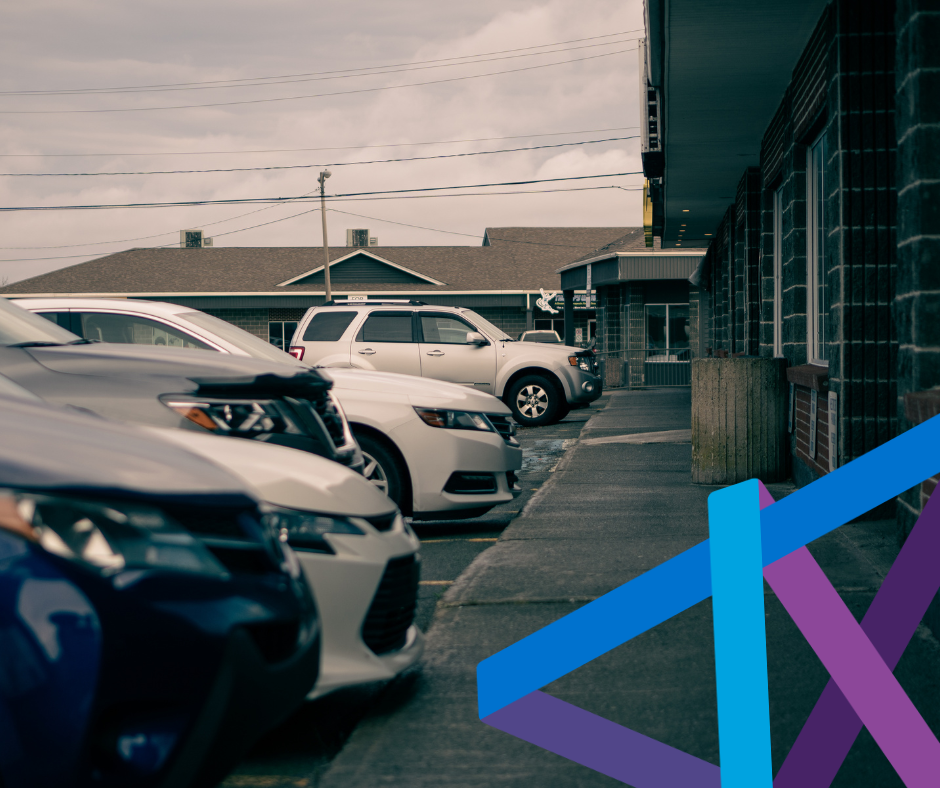Vehicle-related workplace accidents

2022/23 HSE statistics show that around 15% of all fatal injuries to workers were from being struck by a moving vehicle. In addition, about 5,000 non-fatal injuries involving automobiles are reported each year. In May alone, the HSE handed down fines for two incidents, one for a worker killed by a reversing Heavy Goods Vehicle in a transport yard, and the other for the amputation of a workers’ leg after he was run over by a telehandler. In the same month the HSE also published a notice of intention to prosecute a county council following four separate incidents that left three people dead and one with life-changing injuries.
Maintaining a safe and secure working environment requires robust site management practices; this short blog looks at the importance this and suggests appropriate measures to safeguard workers and the public.
Your first action is to conduct a thorough assessment of traffic risks, considering vehicle and pedestrian interaction points, high-risk areas, and potential hazards. This assessment will inform the development of effective traffic management strategies that make up your workplace transport policies and procedures. Some of these strategies are:
- Segregation: Designate separate vehicle routes and pedestrian walkways to minimise the risk of interactions. For example, doors with windows can be effective when checking if an area is safe for pedestrians to access. Another example could be controlling vehicle access away from a specific area when many employees are likely to be crossing over the road after they finish work.
- Signage: Implement clear signage and markings to guide both vehicles and pedestrians, ensuring they adhere to designated paths. If ‘desire lines’ are seen during the assessment consider why this path is used and what can be done to either make this path suitable for use, or block it off completely.
- Crossings and islands: Evaluate any existing crossing points to check how effective they are, and if any islands are required to allow pedestrians to cross safely in two stages. By ensuring that the crossings are in useful locations and have clear lines of sight both pedestrians and drivers can identify potential hazards and take necessary precautions.
- Speed restrictions: Set appropriate speed limits for vehicles in different areas, accounting for pedestrian presence and the nature of the environment.
- Traffic calming devices: These include land width restrictors, rumble strips, and sleeping policemen, and can be used to effectively reduce speed and signal that drivers should slow down.
Once your risk assessments and safety strategies have been put in place, you must provide appropriate training to employees regarding your organisation’s traffic management protocols and safe behaviour around vehicles. This includes educating vehicle operators on safe driving practices and raising awareness among pedestrians about the importance of staying on the designated pathways.
Organisations should prioritise the review of their existing workplace transport management systems to safeguard workers and the general public, ultimately fostering a positive culture of safety from the moment your workers arrive on site.
The HSE has a wide range of guidance covering workplace transport such as Guide to Workplace Transport Safety for Employers and Workplace Transport.
Unsure where to begin or like to discuss any of this further? Just drop us a note!
Our content is correct at the date of publishing, but should not be taken as legal advice, and our articles don’t replace Risk Assessments. Armour will not be held accountable for any legal actions the reader may take.

